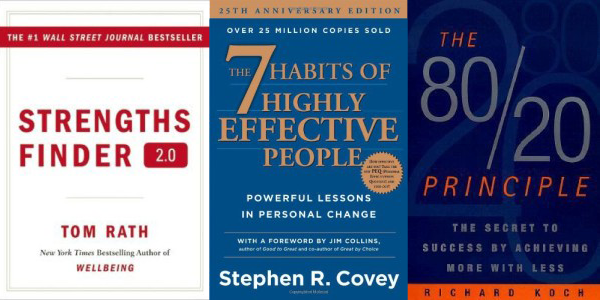
Posted by Michelle Drucker on Nov 09, 2015
How to Start a Corporate Leadership Program
The 5-Step Guide to Building a Corporate Leadership Program
Few can deny that a strong leadership team is the keystone to a successful company. Although some people are graced with innate leadership skills, leadership does not come as naturally to others. We firmly believe that with proper training and a little positive reinforcement, leadership skills can be learned.
BookPal's most successful clients, like Boeing, The Panda Group, and The Scheduling Institute, all have one thing in common — a great leadership program. Starting a leadership program can be of great benefit to any company, large or small.
Why create a leadership program?
A good leadership program...
• empowers your employees with the skills they need to further both their careers and your company.
• presents challenges and common ground that unify your leadership team.
• motivates your employees to take on new challenges, creative projects, and achieve more.
• encourages employee recognition and increases retention rates.
How to get started:
Step 1: Assess Your Goals
Where are you going as a company and how are you planning to get there? You want to be certain that your leaders are on board with your company's mission because they are the ones responsible for making the company meets its goals. Make sure that the programs' goals align with the company goals.
Step 2: Determine the Requirements
How will you structure your leadership program? Decide on what kind of a commitment the program entails. Who will qualify for the program? Come up with a list of prerequisites. Do employees need to apply or will they be selected? These are all things to think about as you start building your program. Be certain that you are setting your employees up for success. Evaluate each of your employees by asking yourself, "Are they ready to lead?"
Step 3: Build Your Curriculum
Once you decide who will qualify for the program, think about what you want these employees to gain from this experience. Start collecting resources (case studies, books, training materials, etc.) to use to educate program participants. A few books we recommend are:
• StrengthsFinder (ordered regularly by Boeing)
• The 7 Habits of Highly Effective People (frequently ordered by the Panda Group)
• The 80/20 Principle (a popular choice for The Scheduling Institute)
Tip for success: Incorporate real-world examples into your curriculum!
Step 4: Consider the Context
Make sure you take into consideration that people learn differently. Consider everyone's strengths and weaknesses when planning your program implementation — keep an open mind and learn to value people's differences. Use StrengthsFinder to identify your employee's strengths and leverage those strengths for optimal success.
Step 5: Measure Results
Lay out tangible ways to measure the effectiveness of your leadership program. Whether effectiveness is evaluated with a test or an employee review, make sure that you and your employees know where they stand. It is beneficial for everyone when you are transparent with your employees performance analysis, especially when encouraging them to provide the same level of transparency to their own teams. This is a good learning experience for everyone!
Looking for more insight? Sign up for our 7-Day leadership crash course to learn more about the resources available to you.
This post was written by Michelle Drucker, the manager of marketing at BookPal. She is currently reading Everybody Matters by Bob Chapman and Raj Sisodia and Influence by Robert B. Cialdini.






